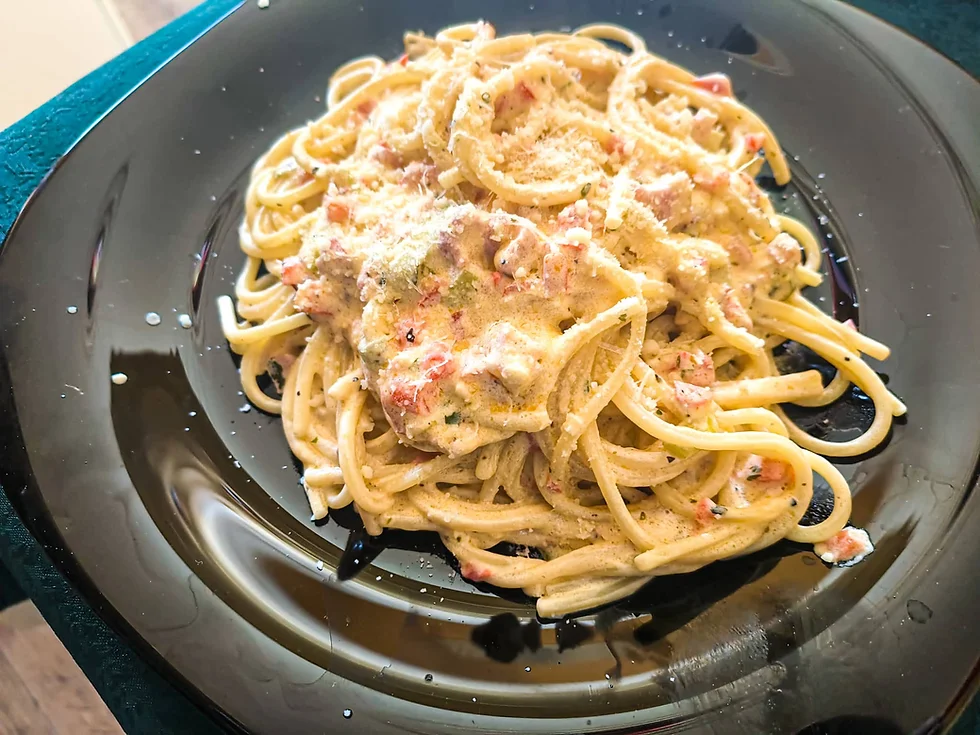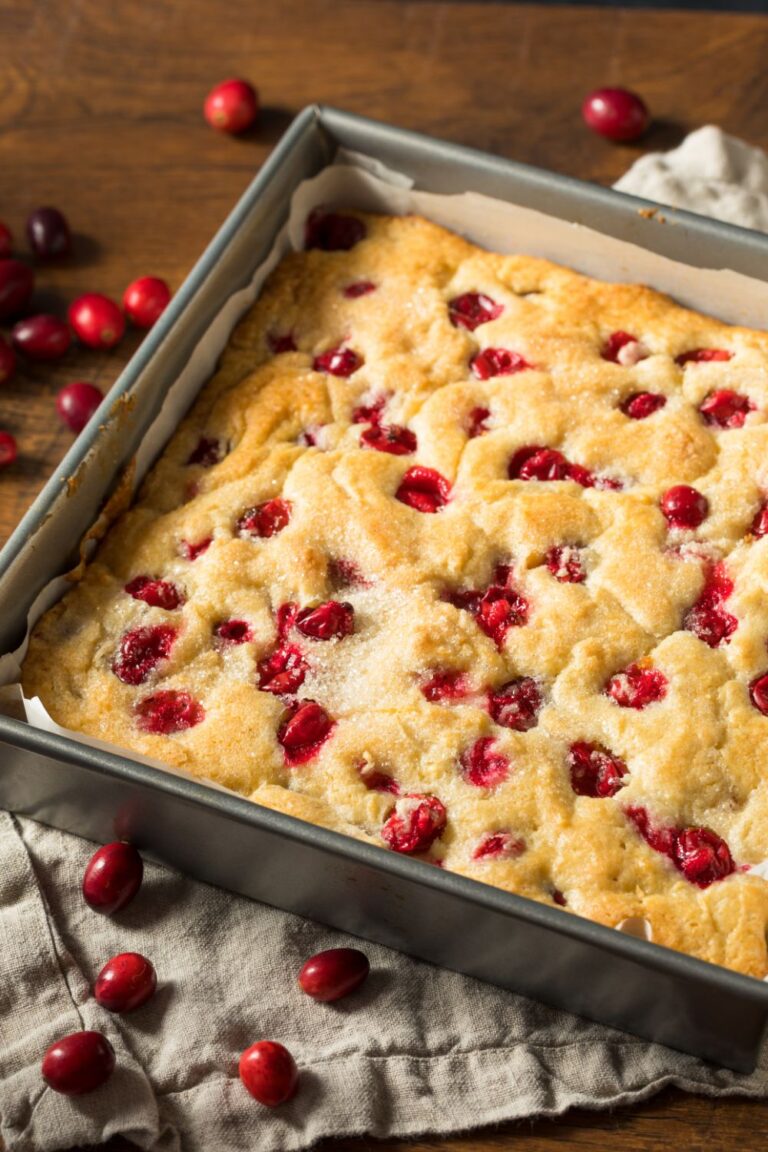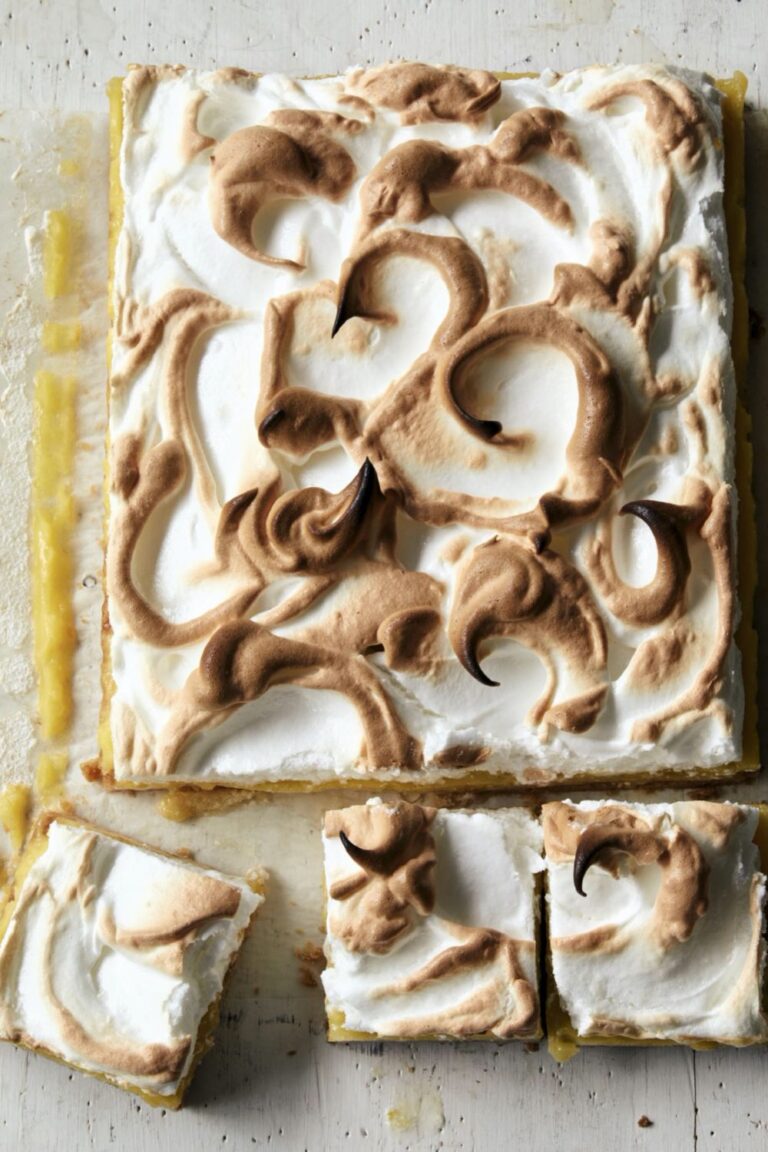Philadelphia pasta uniquely combines the rich, creamy texture of Philadelphia cream cheese with the versatile and beloved staple that is pasta. This delightful culinary creation offers a comforting and indulgent experience that’s perfect for a family dinner or a cozy night in. The key to Philadelphia pasta’s irresistible appeal lies in the smooth, velvety Philadelphia cream cheese, which blends seamlessly with the pasta, enveloping it in a creamy sauce that enhances the dish’s overall flavor and texture.

When making Philadelphia pasta, one can explore various pasta shapes and sizes, from fettuccine to penne, each providing a different mouthfeel and ability to hold onto the creamy sauce. The fusion of pasta and Philadelphia cream cheese creates a dish that’s not only rich and satisfying but also incredibly versatile. You can elevate it with additions like garlic, herbs, and fresh vegetables, or proteins like chicken or shrimp, making it a customizable meal that caters to a range of tastes and preferences.
Whether you’re a seasoned home cook or a beginner, cooking with Philadelphia and pasta promises a straightforward yet delightful kitchen adventure, resulting in a meal that comforts and pleases any palate. This dish epitomizes simplicity and flavor, making Philadelphia pasta a cherished recipe in kitchens worldwide.
Kitchen Tools Needed
Ingredients for Philadelphia Pasta

How To Cook Philadelphia Pasta ?
Preparing the Pasta
Begin by bringing a large pot of salted water to a boil. Add the pasta of your choice and cook it according to the package instructions until it is al dente. Once cooked, reserve about a cup of the pasta water for later use, then drain the pasta in a strainer and set it aside.
Making the Philadelphia Cream Cheese Sauce
While the pasta is cooking, heat a saucepan over medium heat. Add the butter and allow it to melt completely. Once melted, add the minced garlic and sauté until it is fragrant, about 1-2 minutes. Be careful not to let the garlic brown too much as it can become bitter.
Reduce the heat to low and add the softened Philadelphia cream cheese to the saucepan. Stir continuously until the cream cheese has melted into a smooth texture. Gradually pour in the milk, continuing to stir to keep the sauce smooth and prevent any lumps from forming.
Once the cream cheese and milk have combined into a creamy sauce, stir in the grated Parmesan cheese. Season the sauce with salt and pepper to taste. If the sauce seems too thick, add a bit of the reserved pasta water to reach your desired consistency.
Combining Ingredients and Final Touches
Add the cooked pasta directly into the saucepan with the cream cheese sauce. Toss everything together to ensure the pasta is evenly coated with the sauce. If you’re using optional vegetables like spinach or sun-dried tomatoes, add them now and allow them to warm through in the sauce.
If adding a protein like cooked chicken or shrimp, fold them into the pasta now, allowing everything to heat together for a few minutes so the flavors meld.
Serving
Transfer the creamy Philadelphia pasta to serving dishes. Garnish with freshly chopped herbs like parsley or basil for a burst of color and freshness. Serve immediately while warm, offering extra grated Parmesan cheese at the table for those who might enjoy an additional cheesy touch.
What to serve with Philadelphia pasta?

Variations
Substitutions
Tips and Tricks

Delicious Pasta Recipes You Will Love
Delicious Fried Spaghetti Recipe| 30 minutes Recipe
Best Corkscrew Pasta Recipe| 30 Minutes Recipe
Making Ahead
Philadelphia pasta can be prepared in advance, which is perfect for meal planning or preparing for a dinner party. Simply cook the pasta slightly less than al dente and mix it with the sauce. Let it cool, then store it in an airtight container in the refrigerator. This process helps prevent the pasta from absorbing too much sauce and becoming soggy.
Storage
Store leftover Philadelphia pasta in an airtight container in the refrigerator. It will keep for up to 3-4 days. If you’ve used any additional ingredients like seafood or fresh vegetables, you might want to consume it sooner for best quality.
Reheating
When reheating, add a splash of milk or a little bit of butter to the pasta to help reinvigorate the creaminess of the sauce. Heat it in a saucepan over low to medium heat, stirring frequently to prevent the sauce from sticking to the pan or the pasta from becoming mushy. Alternatively, you can microwave it in a microwave-safe dish, covered with a damp paper towel to trap moisture, stirring halfway through to ensure even heating.
Avoid reheating Philadelphia pasta multiple times as this can degrade the texture and flavor of the dish. Reheat only what you plan to eat to maintain the best quality.
Frequently Asked Questions – FAQ’s

Mouth Watering And Easy Philadelphia Pasta Recipe
Course: Main dishCuisine: Italian-AmericanDifficulty: Easy4
servings10
minutes20
minutes575
kcalIngredients
Pasta – 12 ounces (about 340 grams), any type (e.g., fettuccine, penne, or spaghetti)
Philadelphia Cream Cheese – 8 ounces (about 227 grams), softened
Milk – 1 cup (240 ml) to help thin out the sauce
Garlic – 2 cloves, minced
Butter – 2 tablespoons, for richness and flavor
Parmesan Cheese – 1/2 cup (50 grams), freshly grated
Salt and Pepper – To taste
Fresh Herbs (optional) – Such as parsley or basil, chopped, for garnish
Vegetables (optional) – Such as spinach or sun-dried tomatoes, for added texture and flavor
Protein (optional) – Such as cooked chicken strips or shrimp, to make it a hearty meal
Directions
- Preparing the Pasta
- Begin by bringing a large pot of salted water to a boil. Add the pasta of your choice and cook it according to the package instructions until it is al dente. Once cooked, reserve about a cup of the pasta water for later use, then drain the pasta in a strainer and set it aside.
- Making the Philadelphia Cream Cheese Sauce
- While the pasta is cooking, heat a saucepan over medium heat. Add the butter and allow it to melt completely. Once melted, add the minced garlic and sauté until it is fragrant, about 1-2 minutes. Be careful not to let the garlic brown too much as it can become bitter.
- Reduce the heat to low and add the softened Philadelphia cream cheese to the saucepan. Stir continuously until the cream cheese has melted into a smooth texture. Gradually pour in the milk, continuing to stir to keep the sauce smooth and prevent any lumps from forming.
- Once the cream cheese and milk have combined into a creamy sauce, stir in the grated Parmesan cheese. Season the sauce with salt and pepper to taste. If the sauce seems too thick, add a bit of the reserved pasta water to reach your desired consistency.
- Combining Ingredients and Final Touches
- Add the cooked pasta directly into the saucepan with the cream cheese sauce. Toss everything together to ensure the pasta is evenly coated with the sauce. If you’re using optional vegetables like spinach or sun-dried tomatoes, add them now and allow them to warm through in the sauce.
- If adding a protein like cooked chicken or shrimp, fold them into the pasta now, allowing everything to heat together for a few minutes so the flavors meld.
- Serving
- Transfer the creamy Philadelphia pasta to serving dishes. Garnish with freshly chopped herbs like parsley or basil for a burst of color and freshness. Serve immediately while warm, offering extra grated Parmesan cheese at the table for those who might enjoy an additional cheesy touch.
Conclusion
Philadelphia pasta offers a delightful twist on traditional creamy pasta dishes, combining the rich and velvety texture of Philadelphia cream cheese with the beloved simplicity of pasta. This dish serves as a versatile canvas, accommodating a variety of flavors from the subtle to the bold. Whether it’s a quick weeknight dinner or a special occasion meal, it’s sure to satisfy cravings with its comforting, creamy goodness.
By incorporating elements like fresh vegetables, proteins, or different herbs, each rendition of Philadelphia pasta can be uniquely tailored to suit any palate. It stands out as a testament to the creativity and adaptability of home cooking, proving that with a few quality ingredients, anyone can create a meal that is both easy to make and delicious to eat.







